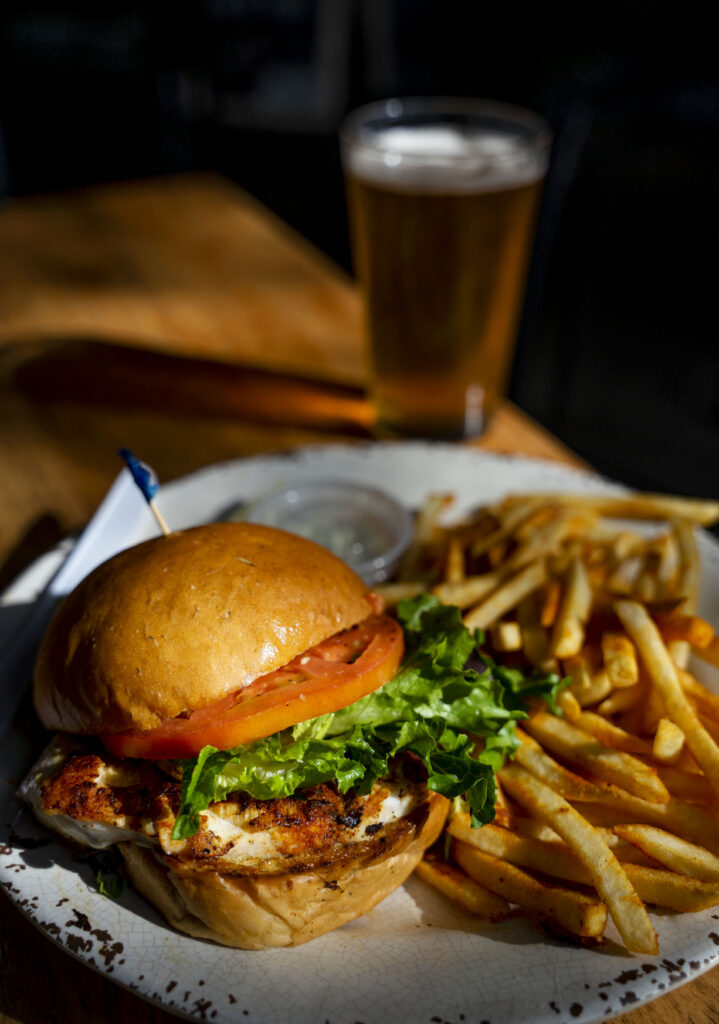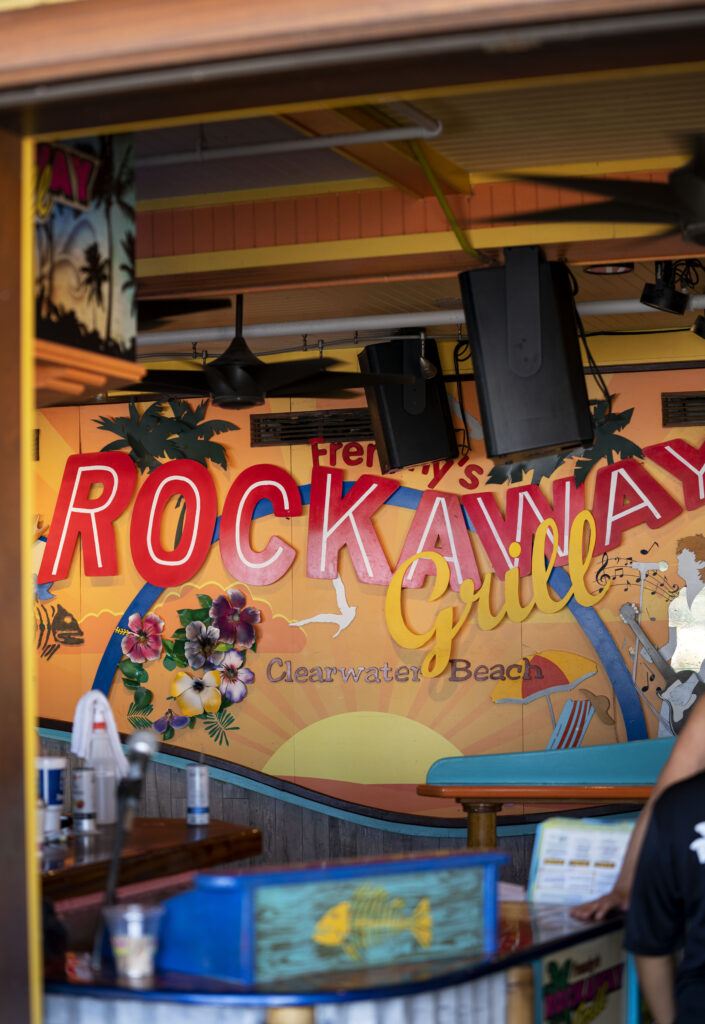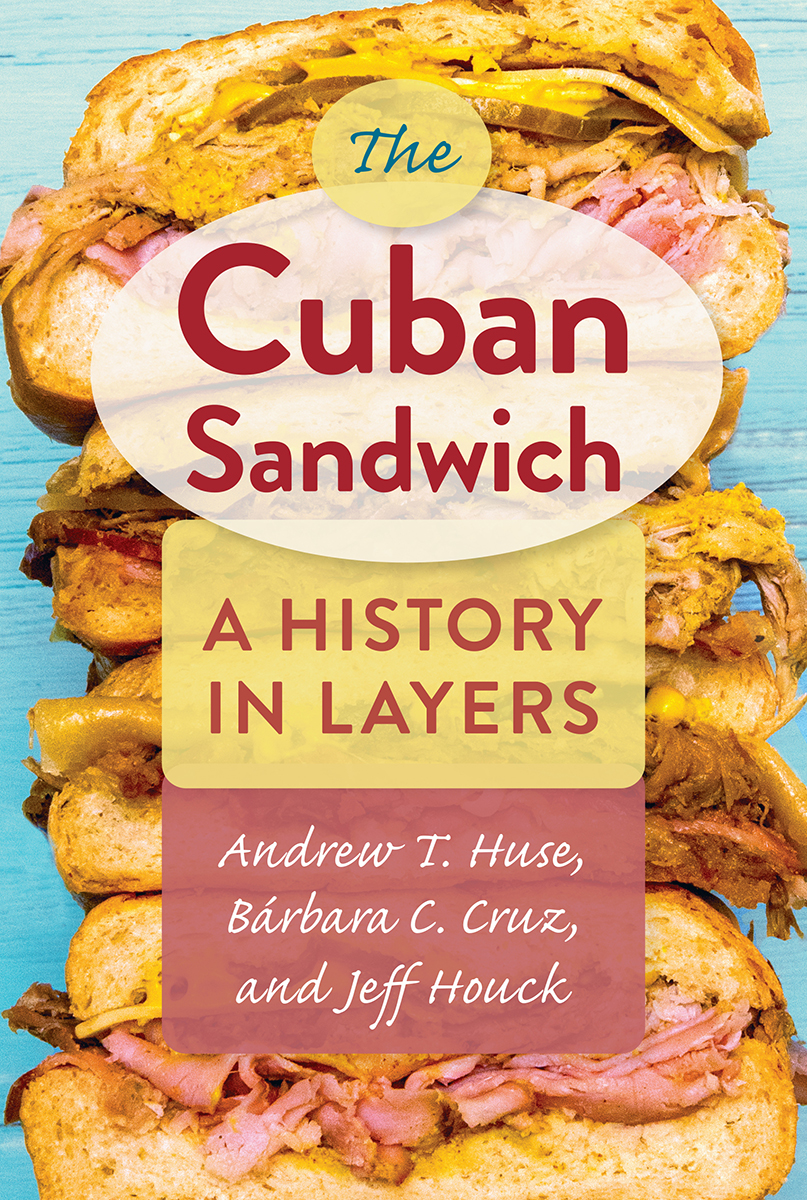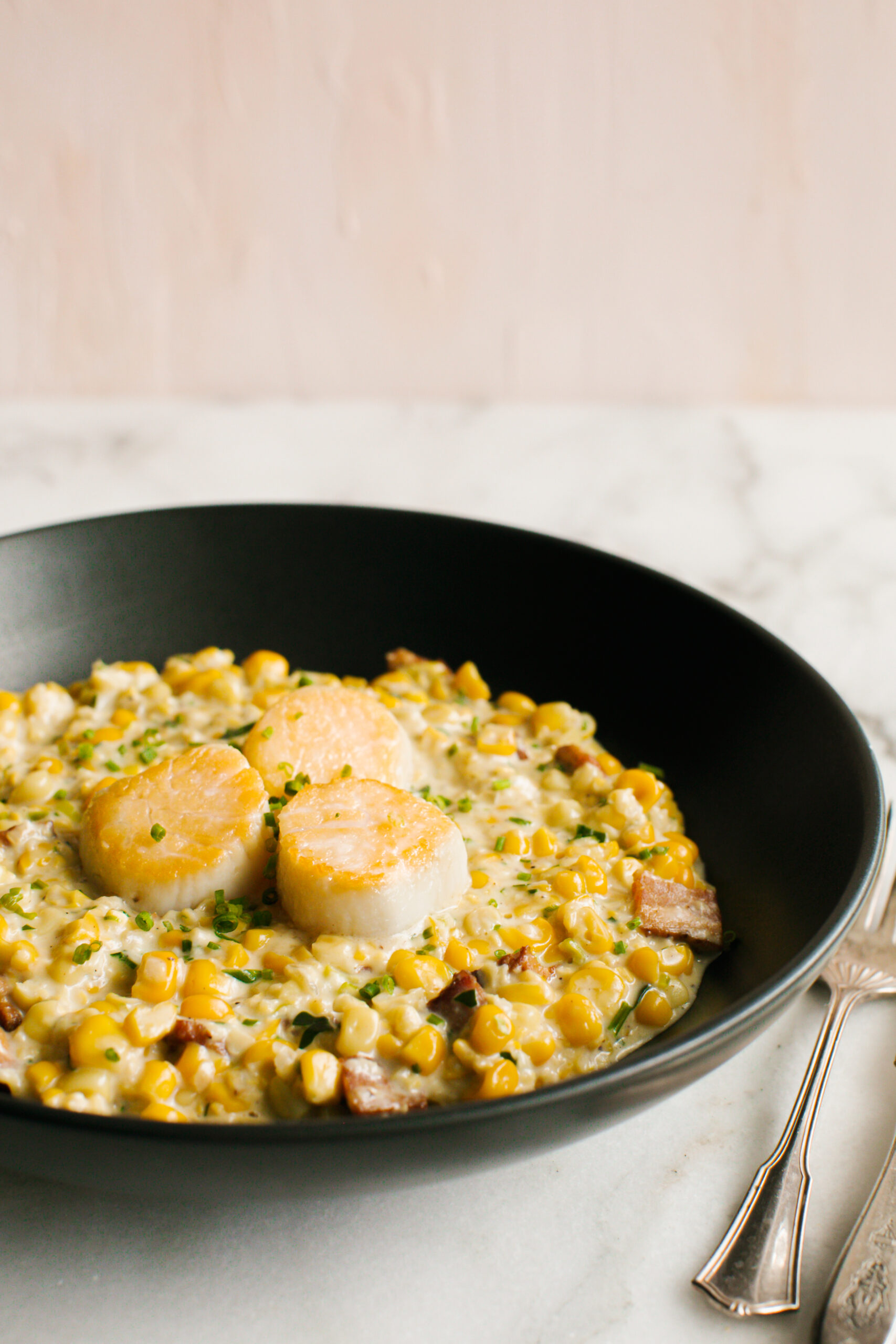
It arrives from the kitchen on a toasted buttered bun and—if you’re lucky and the restaurateur is generous,—a golden slab of fish breaches the edges. The fish is fried because that’s the way you like it; a slice of yellow cheese melts into crannies. Crisp lettuce, a tomato slice, and tartar sauce bring more tastes and textures. It’s something to behold and you admire it as you reach for an ice-cold beer. Or maybe a Rumrunner, because you’re at the beach.
The grouper sandwich.
There may be no other iconic Florida food that’s as beloved by tourists as it is by locals. The grouper sandwich is the stuff of beach vacations but it’s also sustenance for a workday lunch. We’ve loved grouper so much that strict State regulations have been imposed to prevent overfishing in the Gulf of Mexico. Our insatiable desire has made us susceptible to fraud. Thanks to some literal bait-and-switch in the early 2000s, there remains suspicion about authenticity, especially nagging when we pay market price for a sandwich.
And to think, there was a time when grouper’s reputation ranked far below any other fish in local water.
Greg Baker, the culinary master behind the innovative and now-closed Refinery in Tampa, grew up in Clearwater but headed west for his culinary training. When he returned, there was a new fish in town.
“Grouper had a bad reputation as a trash fish when I first started cooking in the early to mid ’80s,” says Baker, who is now a contributing writer for Food & Wine magazine. “I left for a while to go to culinary school and was shocked to see snapper and redfish replaced on fine dining menus with grouper.”
Florida author Janis Owens (American Ghost; The Cracker Kitchen) remembers ordering grouper on a 1979 date at a Gainesville restaurant because it was the least expensive dish on the menu. Like flounder, it was cheap, she says.
Oh, how times have changed. The pecan wood grilled grouper at Oystercatchers in Tampa is $42.
It’s difficult to pinpoint the exact turning point for grouper. However, as regulations increased to protect the extremely popular pompano, snapper, and redfish in the 1980s, plentiful grouper swam to the head of the class.
What’s Your Favorite Grouper Sandwich Joint?
Ask people in the Tampa Bay area the best place to get a grouper sandwich and there’s no hesitation, but lots of answers.
Dockside Dave’s in Madeira Beach. The Hurricane at St. Pete Beach. Or maybe Paradise Grill across the street. Any iteration of Frenchy’s, including the original and the Rockaway at Clearwater Beach. Skipper’s Smokehouse in Tampa. And newer-kids-on-the-block: Mullet’s Fish Camp in St. Petersburg, Big Ray’s Fish Camp in Tampa, and Cori’s Seafood Grill in Gulfport.
A crunchy-coated fried grouper sandwich at The Tavern on the edge of the University of South Florida, St. Petersburg, campus has been lauded as one of the best in Tampa Bay and the fish does indeed hang over the bun there. But the sentimental favorite is a grilled grouper sandwich with mushrooms, onions, and Swiss cheese. It’s called “The Journalist” but many remember it as “The Dardenne,” named after the beloved journalism professor Bob Dardenne, who died in 2013. His name disappeared from the menu a few years back with a new owner.

Grouper sandwich memories are strong, though.
It makes sense that so many favorite places to grab a grouper sandwich are in Pinellas County. That’s where the state’s biggest haul of red and black grouper comes ashore and some of that goes to local restaurants.
More than 2 million pounds of reds and blacks were landed in Pinellas in 2021, according to State Fish and Wildlife Conservation Commission reports. Manatee County was a distant second with just over half-a-million pounds. Add to that gag, scamp, and other groupers and the statewide catch was valued by FWC at about $25 million.
How Do You Want Your Grouper Sandwich?
Just like there’s not just one place to nosh a grouper sandwich, there’s also not one perfect way to order it. Unless it’s your way, and you do want what you want.
The classic presentation is fried but there’s no penalty for getting it grilled or blackened. Who knows who came up with the grouper Reuben, but Adam Richman sang the praises of Skipper’s version in a national sandwich challenge a decade ago when he was host of the Travel Channel’s “Man v. Food.” Sales soared.
The sauerkraut-forward grouper Reuben with Swiss cheese and Thousand Island dressing has its fans and detractors, for sure. Fish and sauerkraut can go well together, but require a delicate hand, says Greg Baker, the chef-turned-writer.
“A Reuben is not a delicate anything,” he adds.
You can get your grouper draped in Buffalo sauce and accented with blue cheese dressing—and many people do — or even jerked with Caribbean spices. The bun matters too. Frenchy’s goes for onion rolls; Big Ray’s are sprinkled with sesame seeds. Buttered, toasted, whatever, they should always be soft enough to cradle the fish but sturdy enough to get it to your mouth without imploding.
“My favorite is the Buffalo grouper sandwich,” says Mike Gonzalez, the general manager of Frenchy’s Stone Crab & Seafood Market in Dunedin. “I really fell in love with the blue cheese and the fried grouper.”
He knows people might wonder why he’s putting all of that stuff on a Gulf delicacy but try it, he says. You’ll see.
Here’s the deal with grouper: It’s an amiable companion to many ingredients because of its mild taste, plus it keeps its solid shape in cooking.
Chris Tiemeier likes his grouper sandwich with Cajun spices, Parmesan cheese, and then simply dressed.
“To each his own,” says Tiemeier, the general manager at Frenchy’s Rockaway Grill on Clearwater Beach.

Teimeier says that the grouper sandwich is what put Frenchy’s on the map several years after the original café opened in 1981. He didn’t exactly move to Florida in 2004 from St. Louis for the grouper sandwich, but his parents—who followed him in 2014—might have.
“I am an only child—and all our extended family is in other states—so I think it was, like, 50% that, and 50% Frenchy’s grouper sandwiches and Rumrunners!”
Its appeal crosses state lines and Teimeier has a front-row seat to the adoration. The Rockaway goes through about 300 pounds of grouper a day and sold nearly 10,000 grouper sandwiches in March, at the height of the tourist season.
Michael Preston, owner of the Frenchy’s empire of six restaurants and a seafood market, doesn’t say that he invented the grouper sandwich though he was among the first to put it on a menu in the mid-1980s. But he claims he made it better. Legions of grouper sandwich lovers would agree—except for those whose allegiance is elsewhere.
Is this Real Grouper?
Florida food historian and author Gary Mormino is fond of saying that our love affair with grouper says a lot about the American palate. It’s fish, but it doesn’t taste like fish and that’s how we like our fish, says the USFSP professor emeritus.
The taste is often described as meaty but that’s more about the solid white flesh than the actual taste. That mild flavor is what makes it an amiable companion to so many ingredients. Consider the ubiquitous macadamia-crusted grouper smothered with mango salsa or the Black Grouper Meuniere with browned butter and capers that I had recently at Orno in Coral Gables, a newly recognized Michelin Guide restaurant.
Mormino has given lectures around the state about iconic Florida foods and during them he credits longtime Ybor City fishmonger Buster Agliano with an observation that you may have thought of yourself. I know I have. Once the grouper is deep fried or Buffaloed or Cajuned and then adorned with a sauce, how would you even know it’s grouper?
You might not.
In the early 2000s, there were some restaurateurs that either purposefully or unwittingly were passing off imported fish as grouper. Tilapia, bream, hake, sutchi, emperor, or even something that sounds too precious to be deep-fried—painted sweetlips—were among the most common frauds.
Some chefs said boxes were mislabeled and they were also victims.
The Tampa Bay Times published an investigation in 2006 and other media coverage followed; State fines were next. The State doubled the fine from $250 to $500 for any restaurant caught passing off another fish for grouper.
Quite a turn of fortune for the fish that joined mullet as a cheap belly-filler with a lousy reputation just a few decades before.
The cries of fake grouper have died down and Gonzalez says he doesn’t think “it’s happening anywhere like it was.”
Still, the Ybor City fishmonger’s point is well-taken. How can we tell it’s grouper if it’s deep-fried and smothered with wing sauce?
It’s not easy because of the different ways grouper can be fileted. Some restaurants butterfly the pieces so they are thin and wide, and others serve them thick. The Square Grouper Bar & Grill in Islamorada cuts its grouper, well, square for the sandwich the cooks top with onion rings and Key lime tartar sauce.
No matter how it’s cut or prepared, grouper should always be “white, firm, flaky. As soon as you take a bite it stays in a nice big flaky chunk,” Gonzalez said. A thick filet may be more easily identified as grouper because the flesh has natural segmentations when it’s cooked.
The other way you might know is the price. If it’s low, like under $12, it’s probably too good to be true. It’s not uncommon to see a $20 grouper sandwich on menus these days. Fuel prices—it can cost up to $7,000 to fill a commercial fishing boat—combined with reduced commercial limits by the State of Florida have conspired to drive prices up.
Gonzalez agrees that it’s a difficult dance between the fishing industry, environmentalists, and the State when it comes to grouper, or any other popular fish. In the middle of the waltz—or is it a tango?—are the restaurants. And watching from the sides are diners.
And they want their grouper sandwiches, whether it’s their first one or the 100th.





